

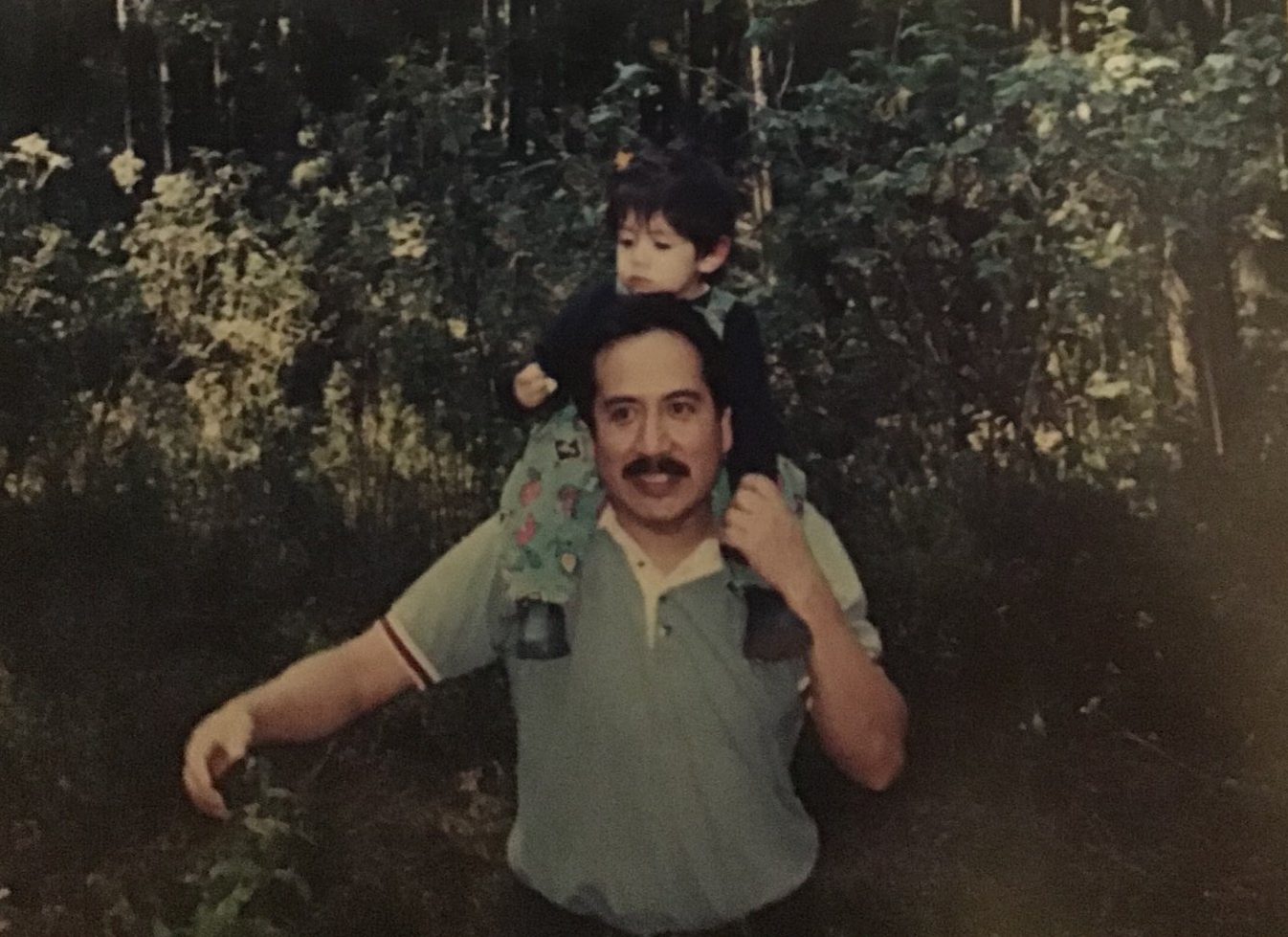

Disc acetates are smooth with handheld motor and dry tip; they are susceptible to sandpaper and polishers, they are loyal reproducers of line and texture. The millimeter lines recorded with audible music are now visually perceived as part of the rhythms in the compositions with color harmonies.

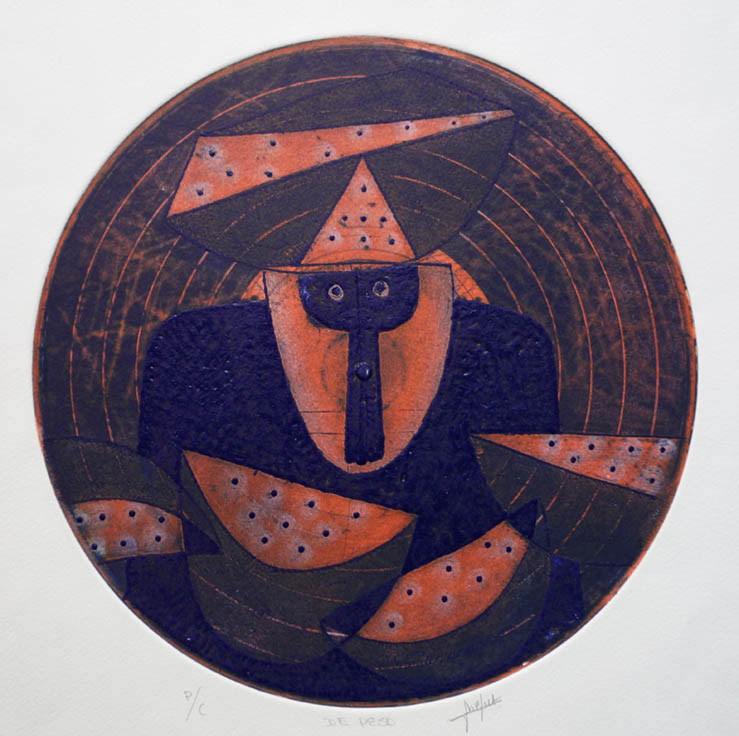
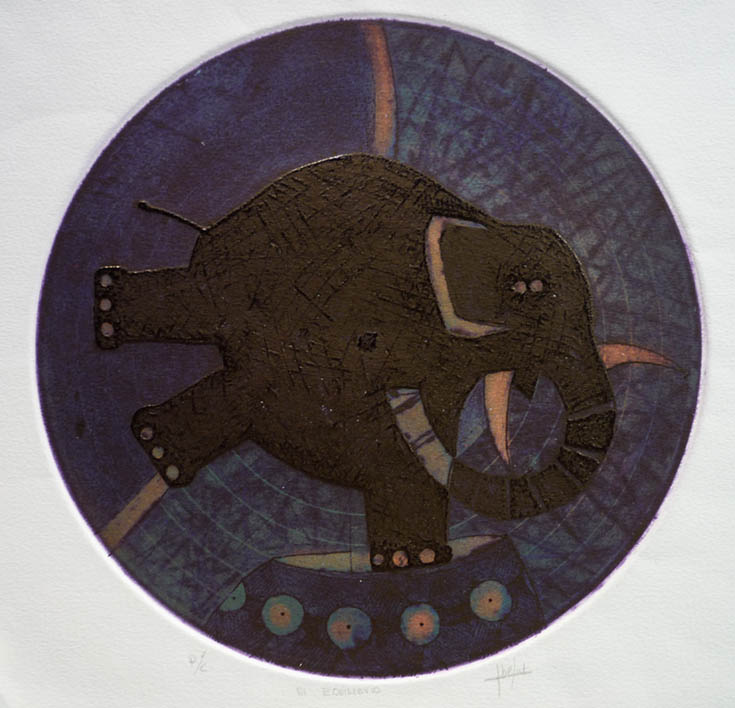
This is how Abel played, next to his fatherhood, enjoying his little daughters doing naive works evoking the childhood of Meztli and Citlalli, sharing one more adventure with Melva in the studio, in that small department of the 5th. Apartment, on Insurgentes Avenue in Mexico City.
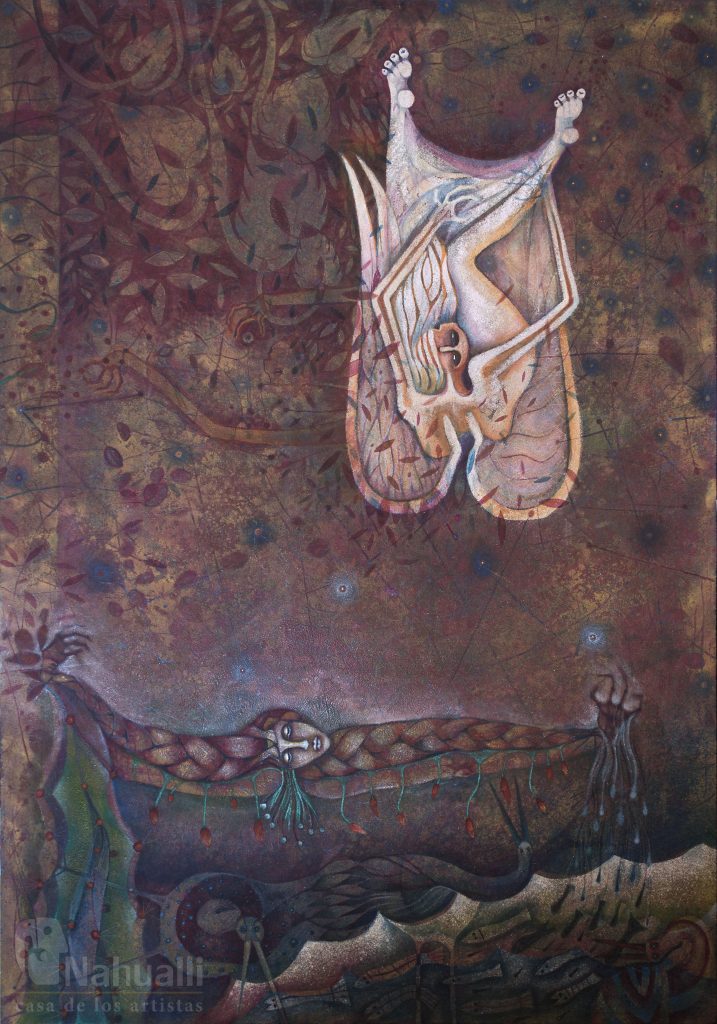
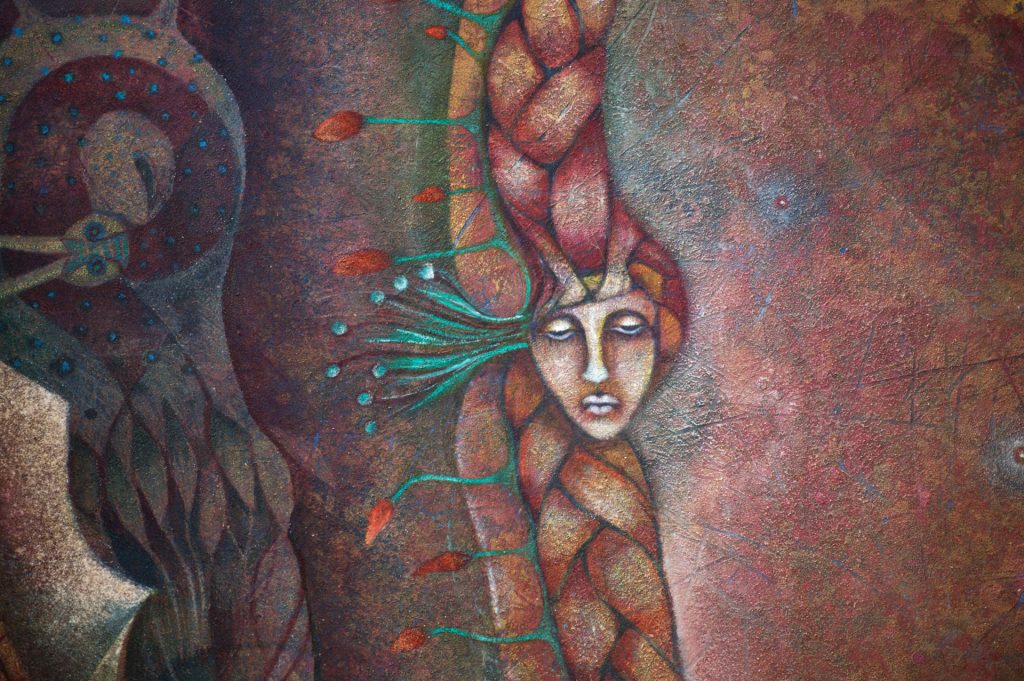
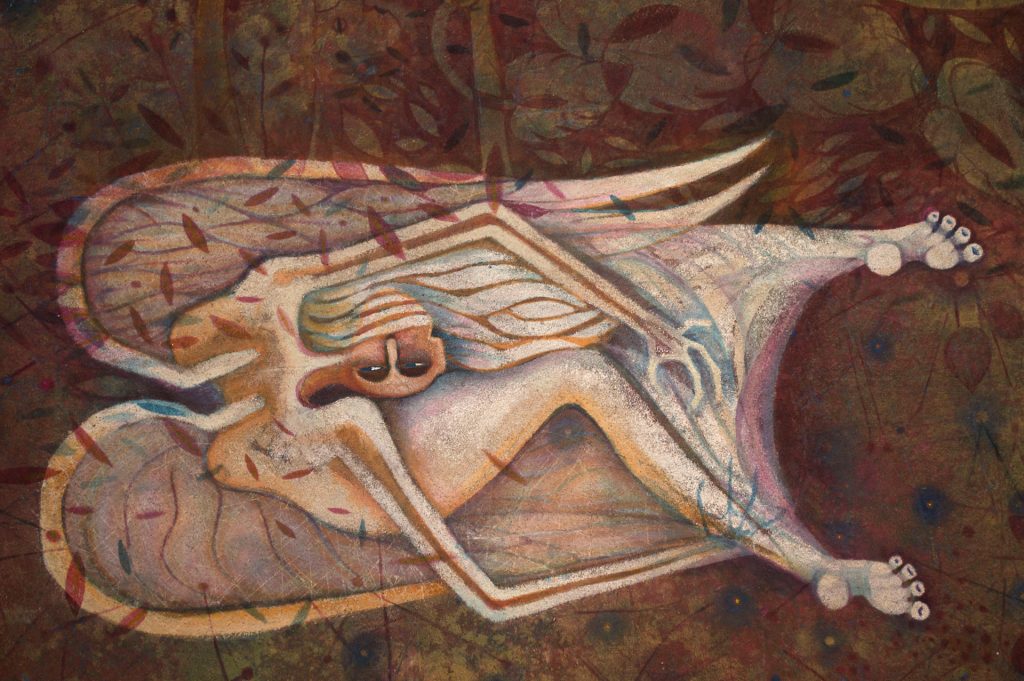
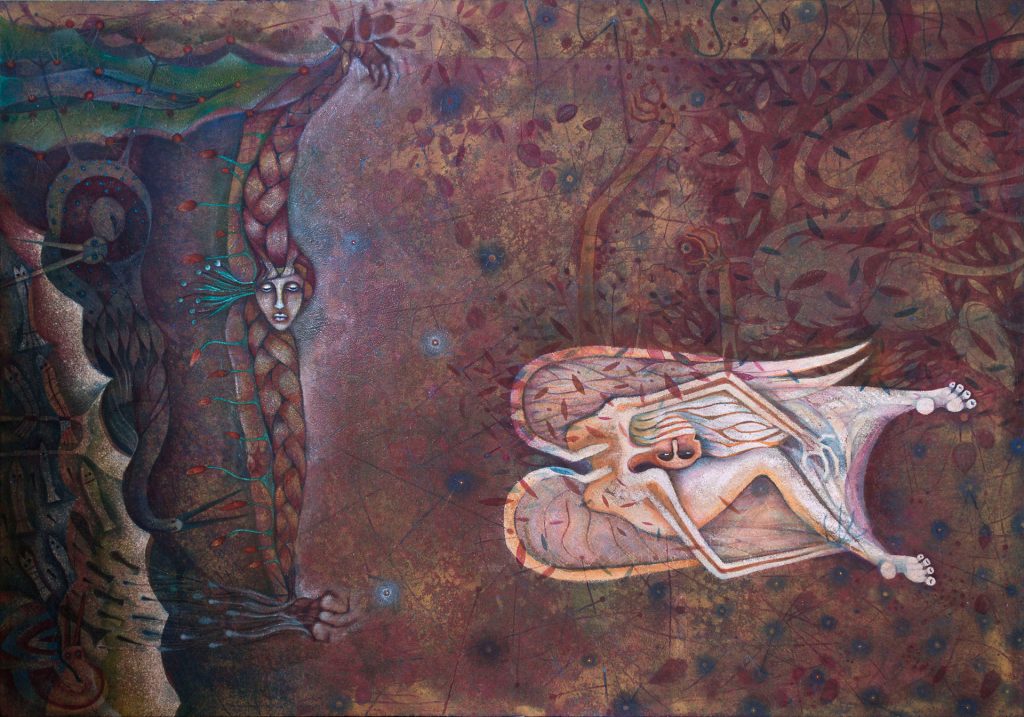
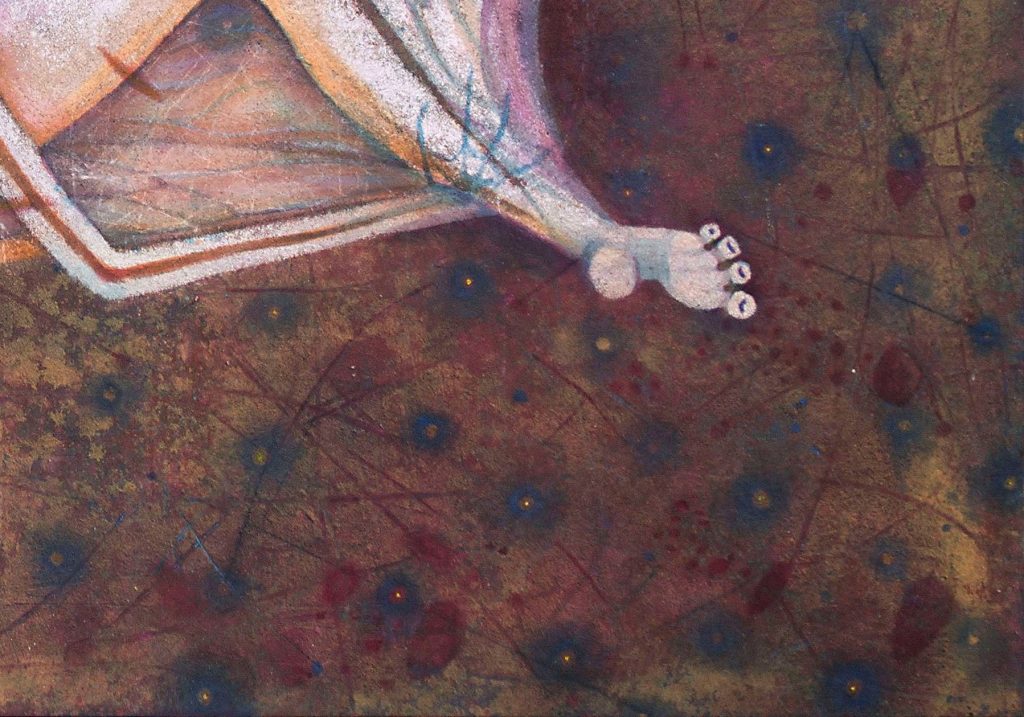
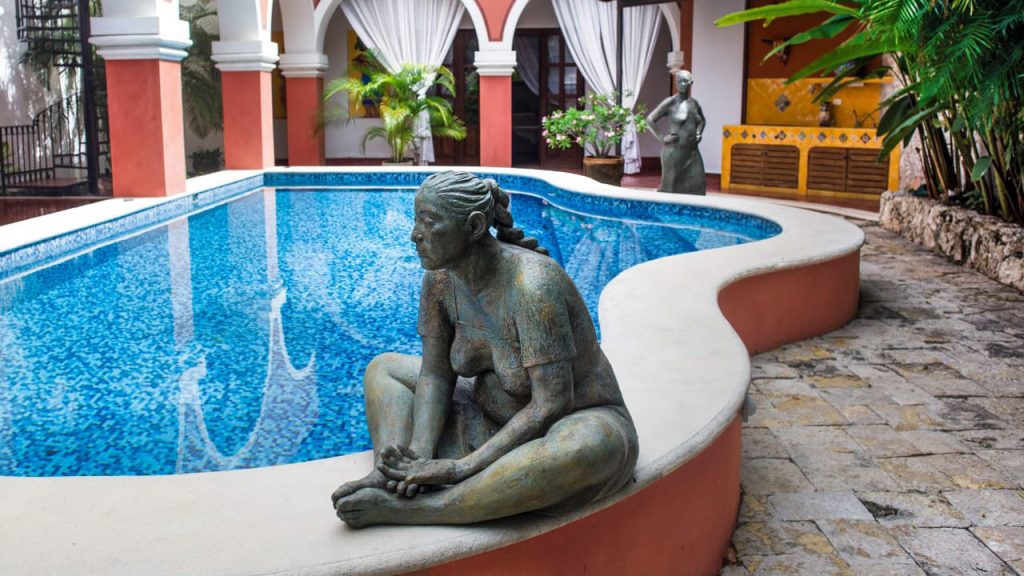
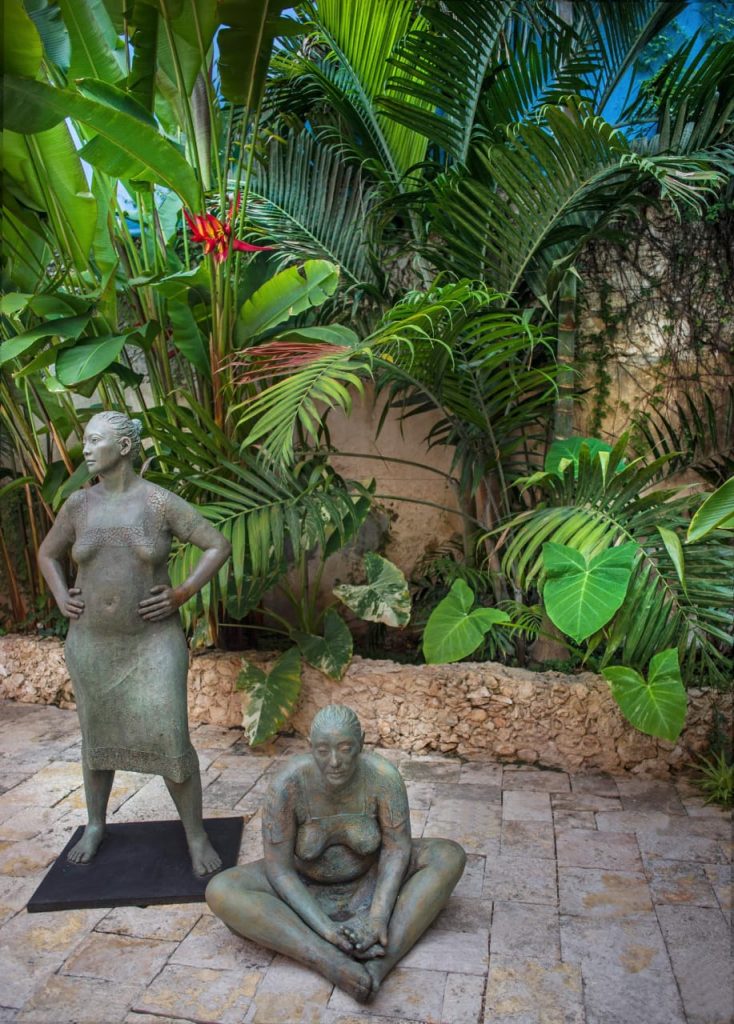
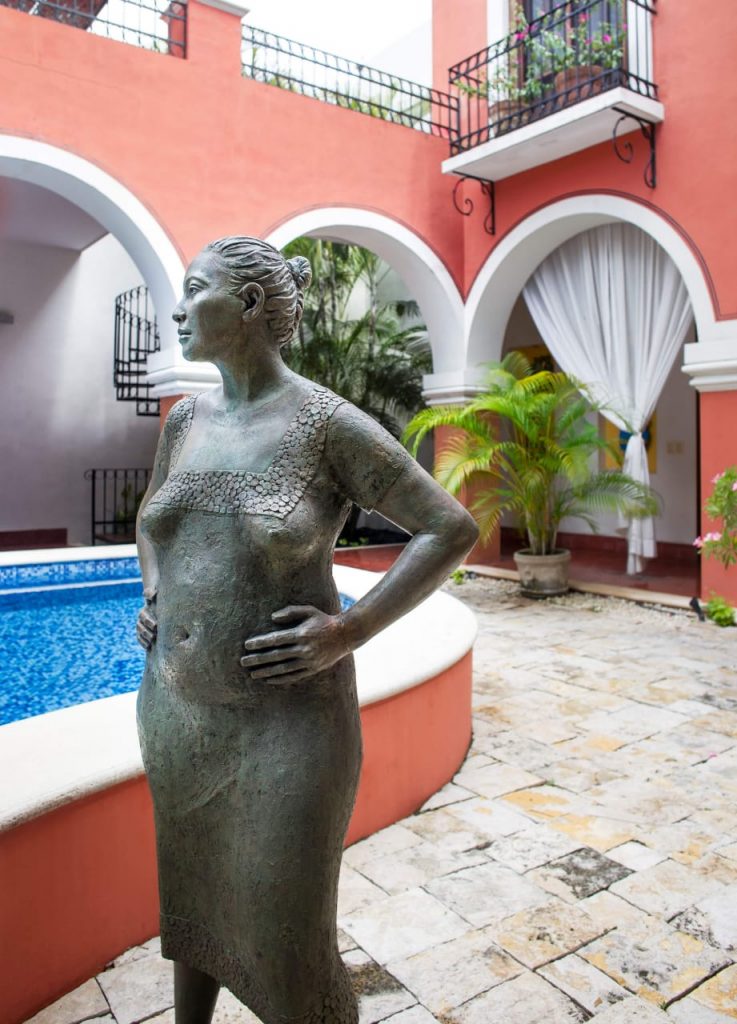

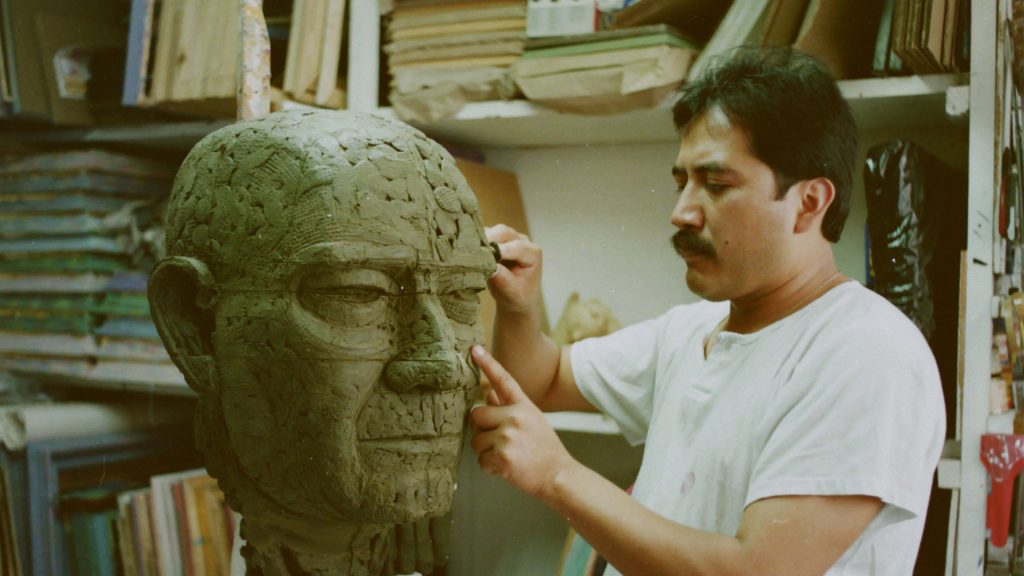
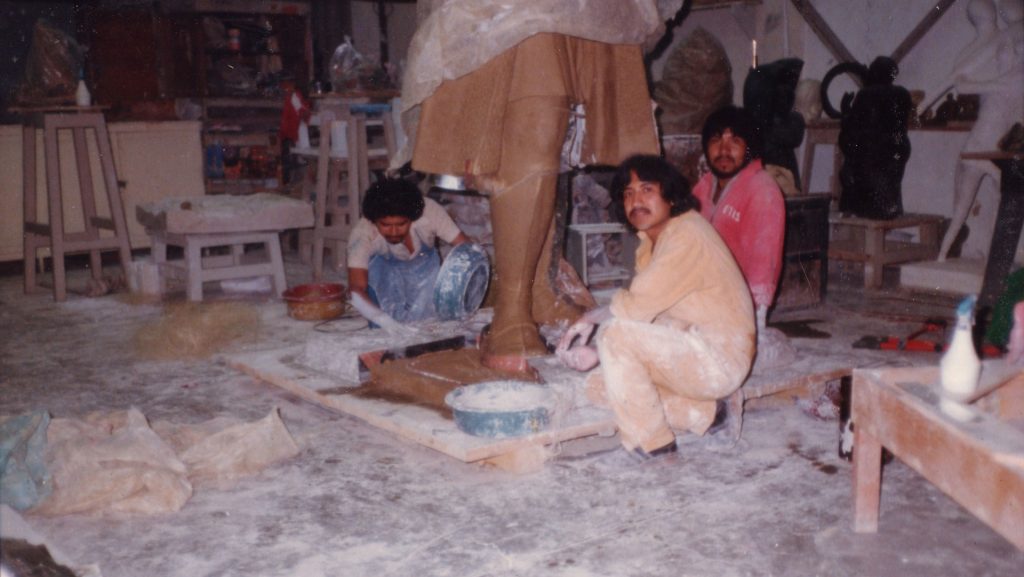
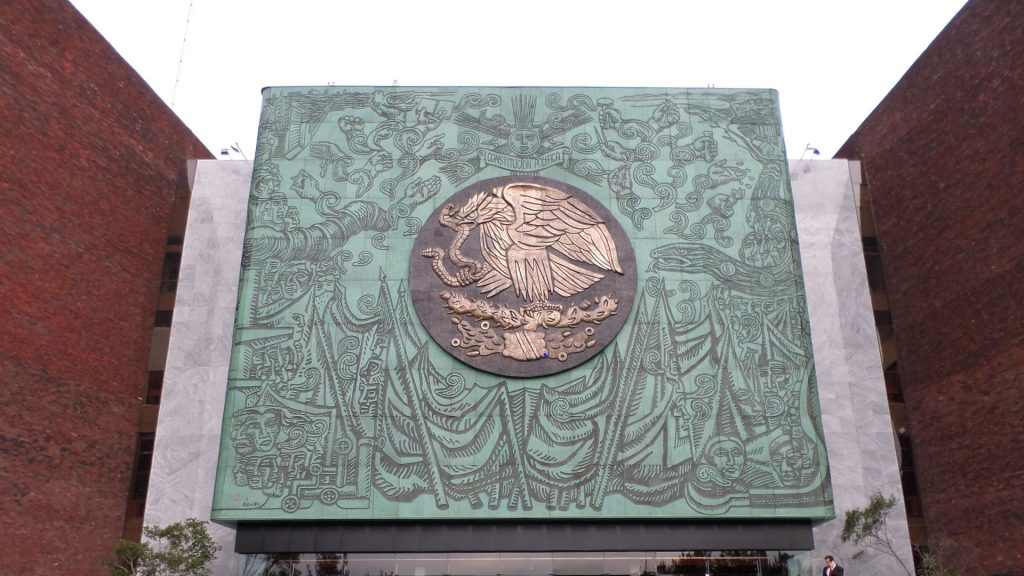
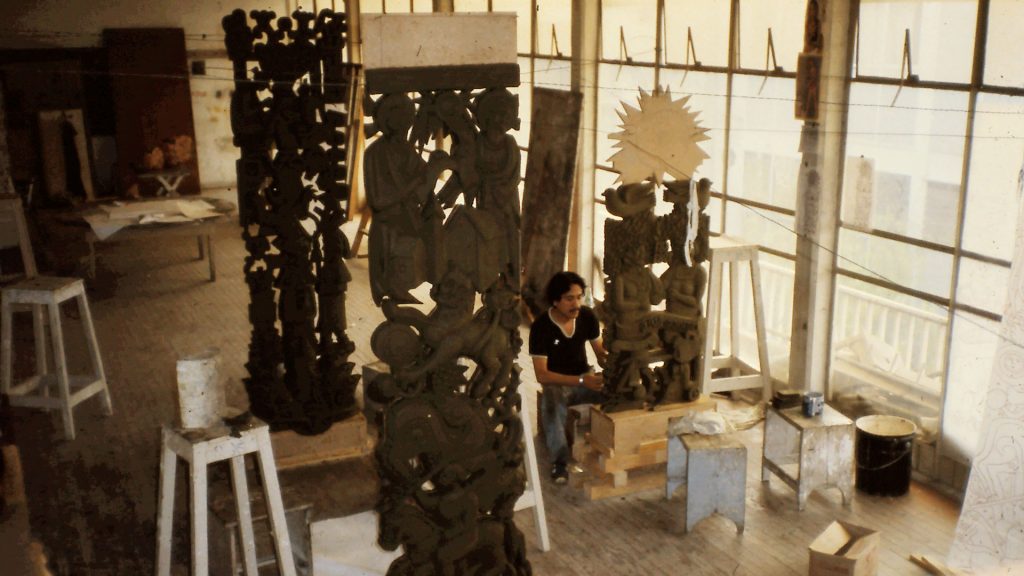
Abel Vazquez and Melva Medina collaborated as guest artists in the artistic framework that was developed in 2009, at the World Wildlife Congress.
A sculptural figure of a jaguar was the symbol of the congress; This symbol was the canvas for artists of trajectory, to capture their art in them. Later these pieces were donated by the artists to be auctioned and help (with the funds raised) the actions of conservation and protection of the wild fauna.
Their collaboration was also recognized at the closure of the event, where different body paint pieces were performed with the participation of 15 artists.
15 photographers from the National Geografic, carried out a collaborative work, obtaining high quality photographic images, which were also auctioned to benefit the same cause.
In 2011, Nahualli organized a beautiful event, opening the doors to a distinguished group of Cuban artist. The exhibition consisted of wonderful paintings, drawings and sculptures, as well as sample dishes made by each artist.
The intention of this event was to create a direct contact between art and its spectator. We wanted to take away the existing taboo around the idea of art as an untouchable thing.
We created elegant banquet tables designed by each artist with their plates as part of the art work at the event. At the opening night, we enjoyed a delicious three-course dinner.
The participating artists from Cuba were: Angel Ramírez, Carlos Camero, Estefanía Diez (Nur), Eduardo Abela, Héctor Frank, José Agustín González (Grillo) and, as host artists, Abel Vázquez and Melva Medina.
The event was framed with an amazing concert by Pawel Blaszkowski on the violin and Ruth Bennett at the harp.
The tasting was offered by Martín Álvarez Ibarrondo.
To organize this event, we counted with the collaboration of Georgina Colina.
Since 2010 Nahualli has collaborated with Habla: The Center for Language and Culture. By organizing talks, and conducting activities and workshops, to strengthen the Spanish language of the students from this institute.
With art as a seductive starting point; Melva Medina and the staff from Habla have formed a great team to create interest and good language development, through their activities at Nahualli’s gallery and studio.
The creation of this exquisite experience, directed by Abel Vázquez, consisted on presenting three of his large paintings, and executing a performance through body make-up on the entire body of professional dancers.
This work was framed with the collaboration of Seth Montfort, a very skilled pianist that combined his musical compositions with the performance, and gave emphasis to the work of the dancers. This way Abel made us live the stories of each one of his paintings, taking out the characters in a three-dimensional way and giving them life by using body paint.
This extraordinary project was created with the participation of Melva Medina, Aura Meztli (by helping with the body painting and logistics), Julian Veronin Chu Ling Kuo and Carlos Arjona (with photography).
In 2016, Nahualli, comes out of it’s building to set off the first project of collaboration between Aura Meztli (fashion designer/artist) and Melva Medina (sculptress).
At the Museum of Merida’s City (Museo de la Ciudad de Mérida), Aura Meztli dictates the thematic guideline to carry out a multidisciplinary discourse.
Starting from a series of drawings, she approaches in an overwhelming and clear way, the theme of sexual abuse; a lamentable phenomenon that currently affects our society.
These drawings are taken up by sculptress Melva Medina, who interprets them merging esthetic criteria of art and fashion, managing to project the message in an important and profound way on each of her sculptures.
The event was crowned with a fashion show, with clothing designed by Aura Meztli. Where two stages were distinguished; the first one, presenting elegant coats and jackets symbolizing modesty, shame, and repression, evoking with their extremely long sleeves, the straitjackets of psychiatric hospitals. On the second stage, the outerwear disappears, revealing very beautiful dresses, which emphasize the sensuality of bodies in a very subtle way, playing with transparencies and minimalistic forms. Fashion was a tool to recover strength and dignity for women.
During the month of May of 2014, Nahualli was honored by the presence of graphic artwork produced by artists from Oaxaca, distributed in 5 exhibitions.
We had a collection of more than 400 artworks from different artists, in which the presence of Shinzaburo Takeda, Francisco Toledo, Sergio Hernández, Raúl Soruco, Alejandro Santiago, Enrique Flores, Maximino Javier and Rolando Rojas, stood out, among others.
The collaboration of teacher Patricia Reyes was crucial for the execution of the event.
The workshops presented in this event were:
“Rufino Tamayo Plastic Arts” Workshop.
“Enrique Flores” Workshop in Huitzo.
“Bambú” Workshop
Alfredo Canseco’s COMEX society workshop.
“La Curtiduría” Workshop.
“Raúl Soruco” Workshop.
“Juan Alcazar” Free workshop.
“Mark Silverberg” Workshop.
“Bellas artes; UABJO” Workshop.
“El gabinete gráfico” Workshop
“El cimarrón” Workshop.
“Francisco Limón” Workshop
“Fernando Sandoval” Workshop.